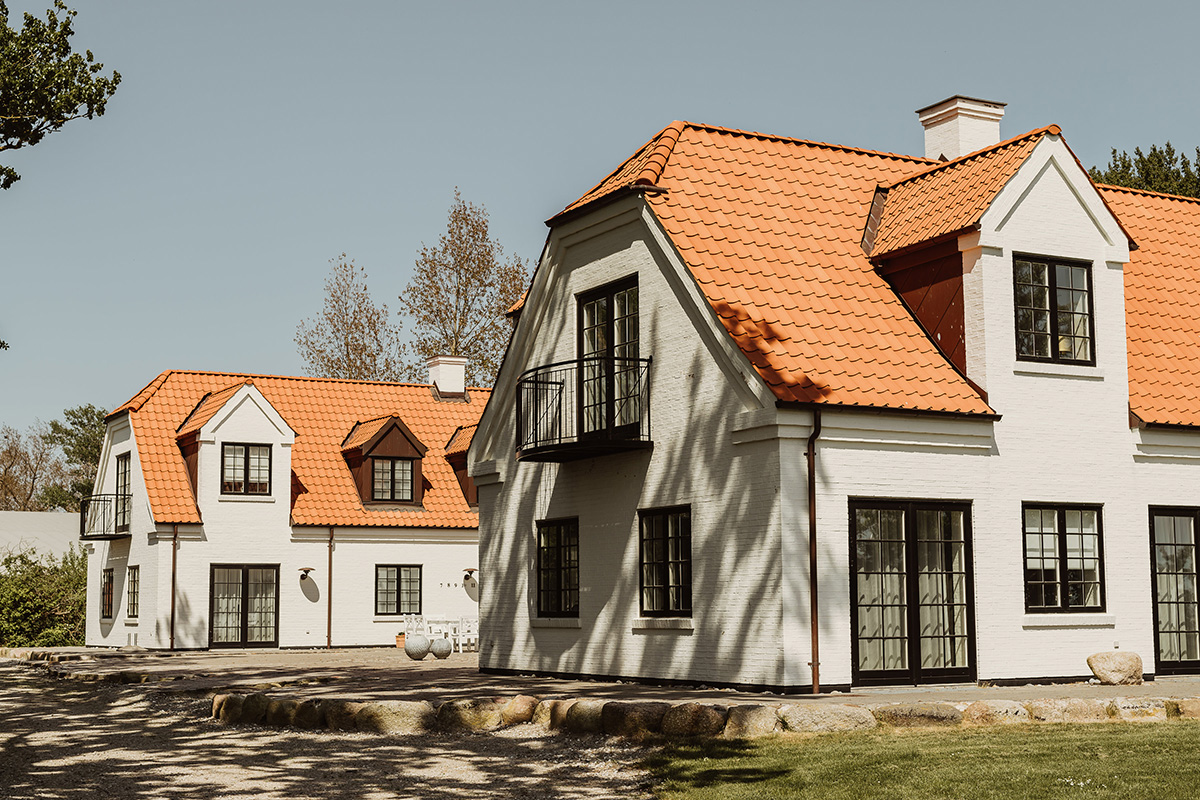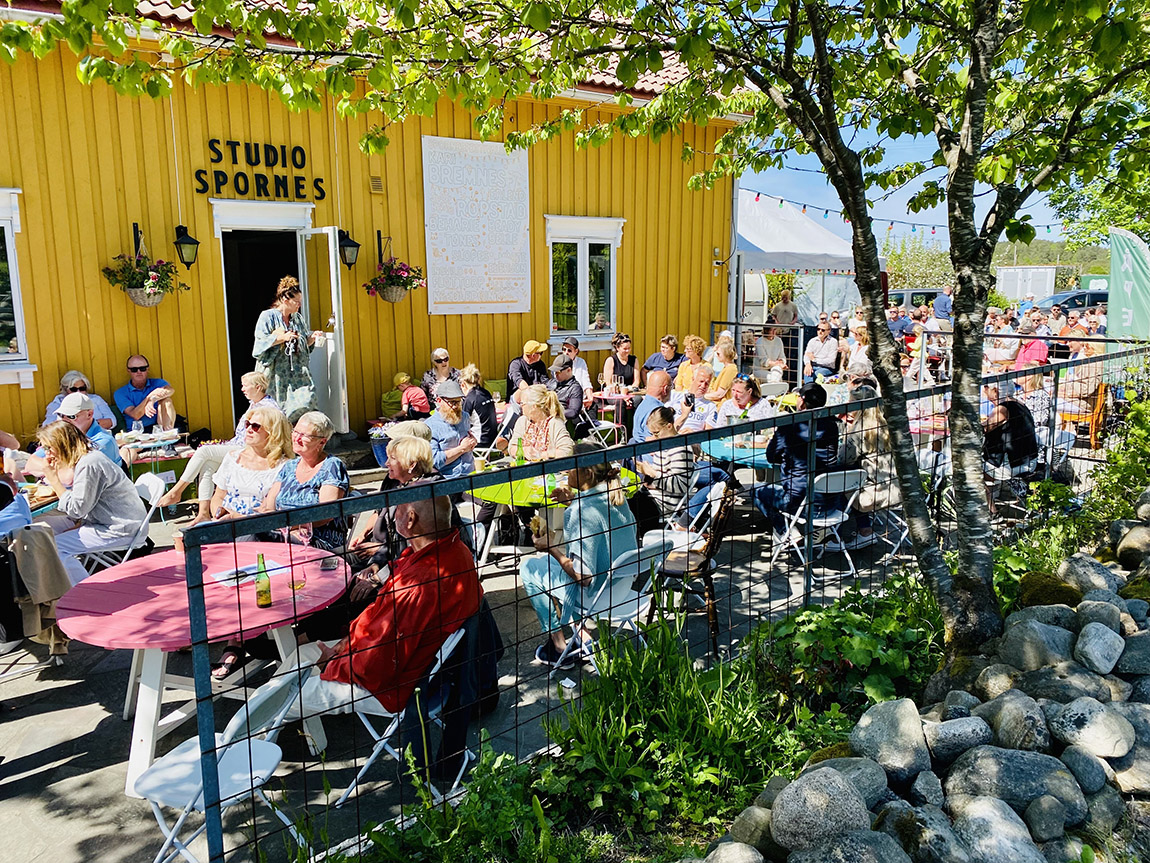Hyllest: Meant to be?
By Eva-Kristin U. Pedersen | Photos: Hilde Mork
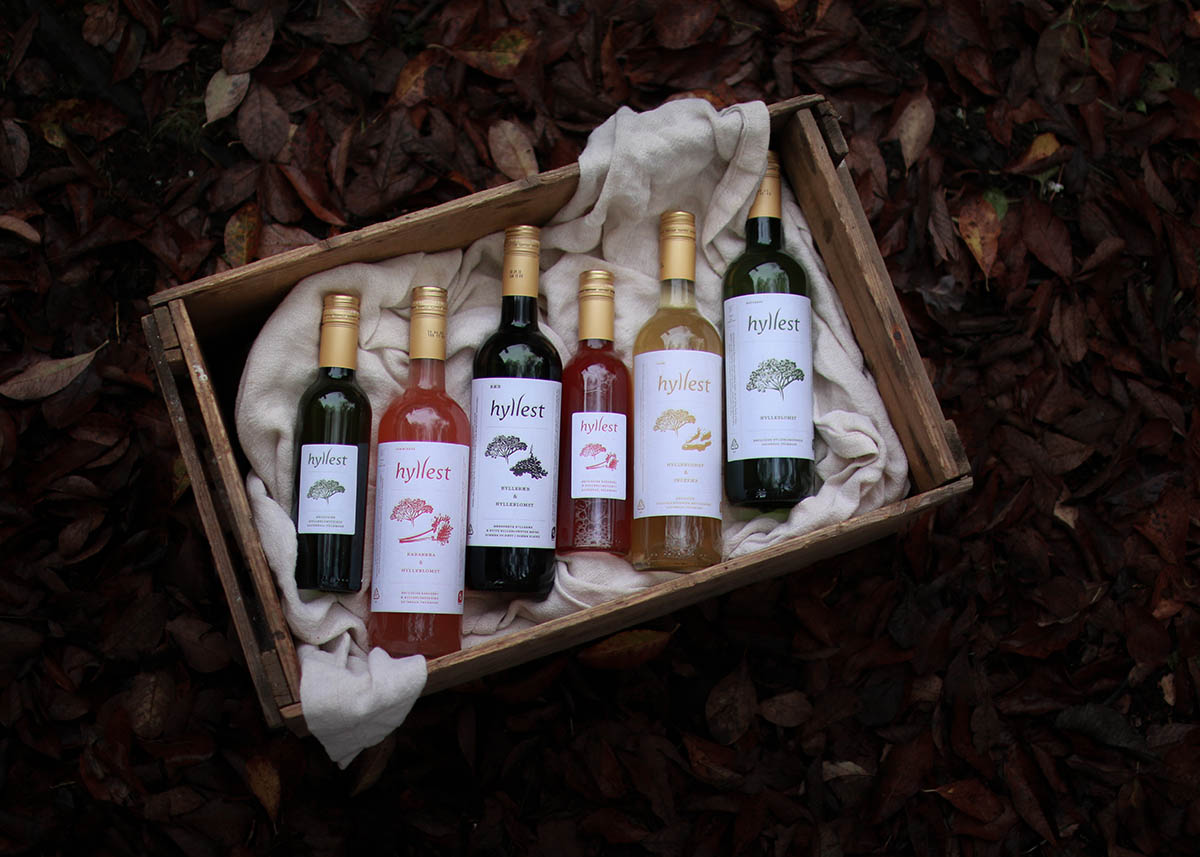
Hyllest produces different types of elderflower drinks.
A Danish teacher moved to a small Norwegian valley and is producing one of the most popular non-alcoholic beverages on the market.
For Mie Dahlman Jensen, back in Denmark, elderflowers grew everywhere. Almost regardless of where you went, you could go out and fetch some of the characteristic white flowers, and it was custom to make elderflower juice in the summer. You’d just go out, pick the flower and go home and cook them.
Dahlman Jensen was surprised, therefore, when she realised that elderflowers are not nearly as common in Norway as they are in Denmark. Although the wild plant with the strongly-scented white flowers grows just as easily in Norway as it does in Denmark, and indeed in most of the rest of the world, few if anyone made much use of it.
That’s why Dahlman Jensen was so thrilled to find elderflowers growing on her neighbours’ land when she moved to a small, tucked-away place in Telemark, Norway. She went and knocked on their door and asked if they would let her take some.
“I never expected success. I started and thought, ‘let’s see how it goes’,” she says. That was in 2013, and Dahlman Jensen produced a timid volume of 500 bottles. Today, her company Hyllest produces some 15,000 bottles a year of various variants of elderflower juices. They deliver to several Michelin-star restaurants and even to The Royal Palace.
“When I look back, I can’t help but ask myself if it was meant to be,” she smiles.
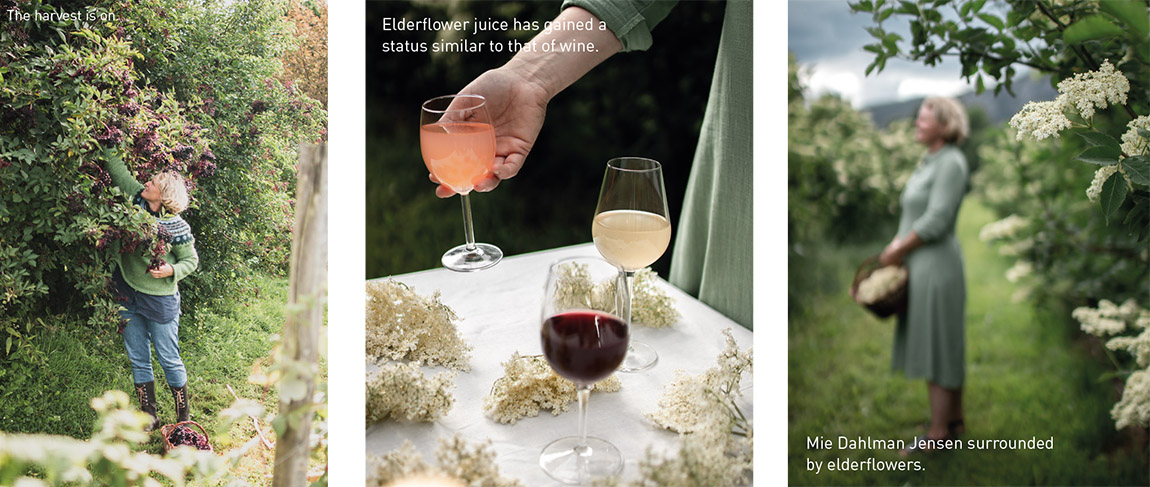
The jasmine of the north
Elderflower is a plant that grows in most parts of the world, though it’s not necessarily harvested. Blooming in June, the burgeoning white flowers produce a very characteristic scent, a bit like jasmine.
The same plant also produces small, black berries that are edible once cooked. They are rich in vitamin C and full of antioxidants, making them a cherished ingredient in folk medicine.
Nevertheless, it’s the flower, not the berry, that is the most treasured part of the plant. It has long been used in different recipes and elderflower juice is made in homes around the world. A well-known commercial success utilising the plant is the Italian liquor Sambuca, which was originally made with elderflowers. In fact, the very name comes from the Latin name for the flower, ‘sambucus’.
For Dahlman Jensen, however, her business took off from 2016 onwards. She won an agricultural business development award (Bedriftsutviklingsprisen i landbruket) from Innovation Norway, an institution set up to support Norwegian entrepreneurs and start-ups across different sectors and markets, then planted new plants and increased production tenfold.
Demand for non-alcoholic alternatives on the rise
Dahlman Jensen has been helped along by an increased demand for alternatives to alcoholic beverages. “The interest in our product has grown along with the demand for alternatives to wine and beer in restaurants. People want to be able to avoid alcohol, and our elderflower drinks fit the description perfectly. It is a natural product, organic from the very start, and full of taste,” the entrepreneur explains, adding that products like hers are increasingly appreciated as refined products, and that imagery and marketing techniques are becoming more and more similar to those used in the wine industry.
In addition to restaurants, Hyllest products are sold in selected grocery shops in the Norwegian regions of Telemark, Vestfold and Oslo, as well as online. Their assortment includes several versions of the original drinks, including in a summery blend with rhubarb, a plant typical in the Nordic countries, as well as a warming concoction with ginger – perfect for cold winter evenings. Moreover, they produce beverages in which they mix the flowers and the berries – which, when heated, are perfectly safe to eat.
Most of the products come in two forms. There’s the juice, which is an extract of the flower and other ingredients for flavour, with added water and a little bit of cane sugar. The juice can be enjoyed as it is. Then there’s a syrup – a concentrate that is sweeter and should be diluted in water. The syrup is also a popular ingredient in several cocktails.
From Telemark with love
A common denominator for all of Hyllest’s products is that they are produced with love. Dahlman Jensen lives in a small but tight-knit community known for apple production, with many people, including the landowner and a local apple juice producer, contributing to the production of Hyllest’s range.
Dahlman Jensen believes that the collaborative spirit boosts the quality of the final product. “When it’s time to harvest, we go to work with joy. You can’t hurry among these flowers. We harvest between sunrise and 10 or 11 in the morning, and only when the sun is out – that’s when the aroma of these flowers is the strongest,” she asserts, adding: “We love what we do, and the name of our product is so fitting – ‘hyllest’ means ‘tribute’, and this product really is a tribute to nature.”
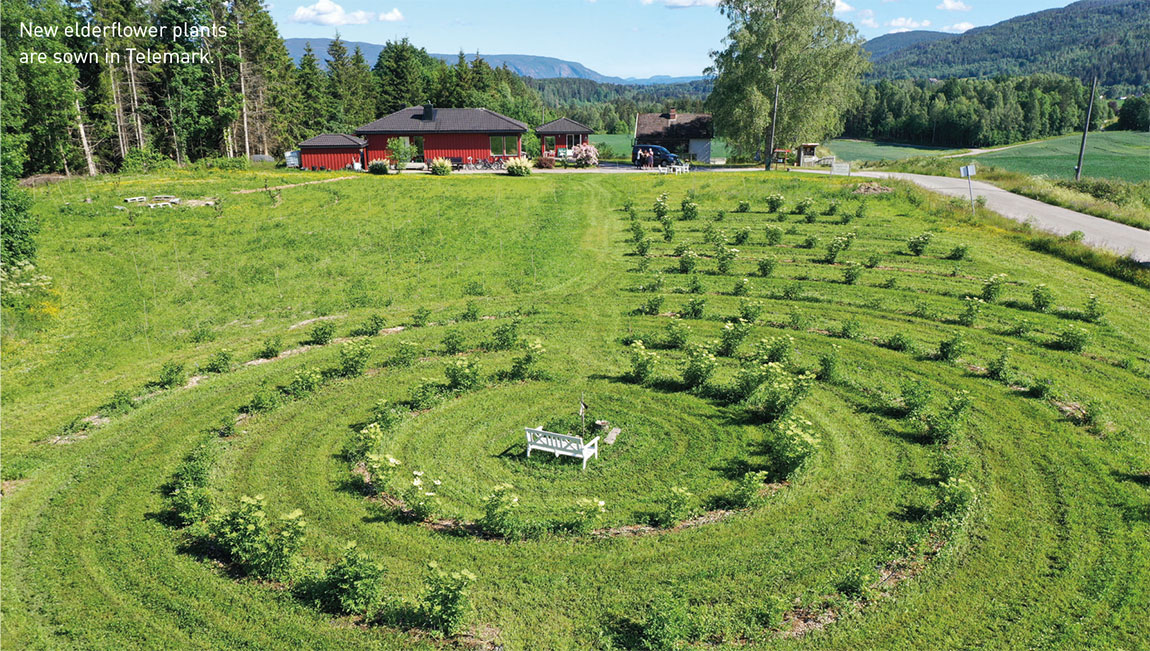
Web: hylleblomstsaft.no
Facebook: Hyllest
Instagram: @hyllest_hylleblomst
Subscribe to Our Newsletter
Receive our monthly newsletter by email

